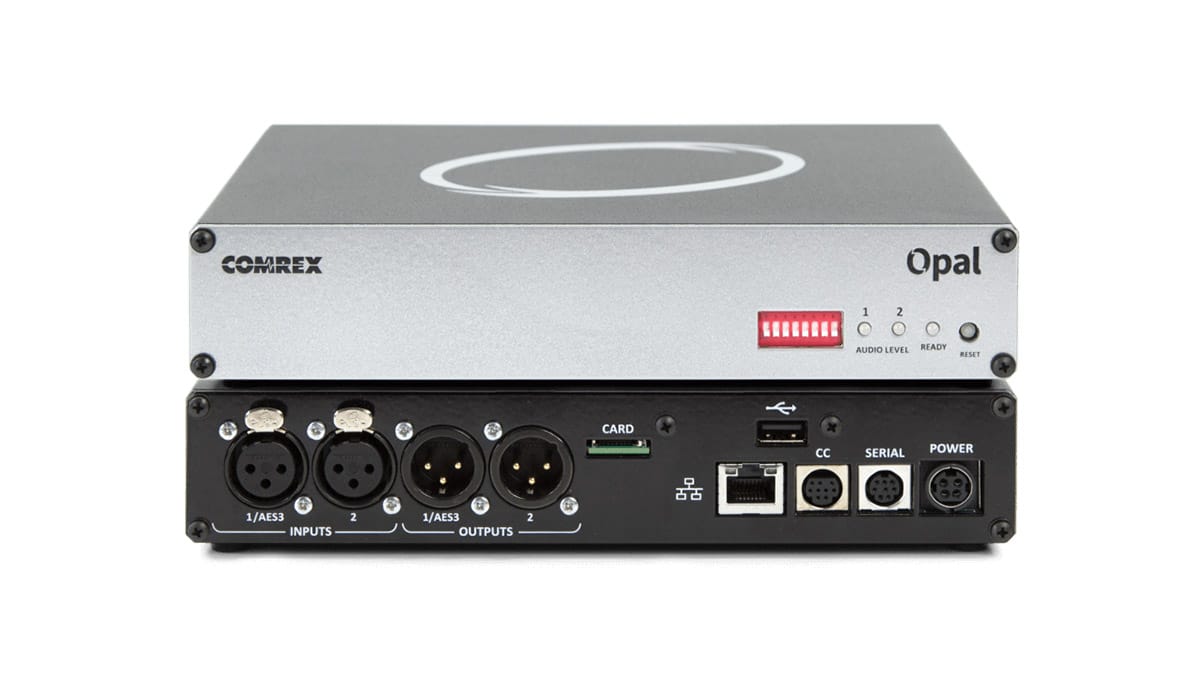The challenge for all audio professionals is to produce compelling content that audiences want to hear. Audio makers must differentiate their work with captivating stories, engaging topics and eagerly anticipated interviews with the amount of content available. But it’s equally important to ensure the audio quality is phenomenal, not just “good enough.”
The COVID-19 pandemic has had a profound effect on the broadcast and media industries. Radio and television are essential services and staying on-air was critical, so organizations and individuals needed to change their workflow rapidly. Engineers set up talent with remote broadcast kits to continue working from home; many still operate away from the studio. This shift has especially impacted guest interviews — it’s less likely interviews will happen in person. This is not a new challenge, but it’s become more pressing for broadcasters.
Easy to Use
Regardless of world events, acquiring high-fidelity audio from guest interviews is vital for delivering a better-sounding product. Guests don’t always have access to engineers or specialized hardware and may not have a technical background. It’s important that stations have a solution that sounds great and is simple to use.
This is where Opal, an IP audio gateway by Comrex, designed for remote contribution, comes to the fore. Opal allows users to connect with their guests in commonly used browsers and go live with a single click. It produces HD-quality audio, and guests don’t have to install anything — it’s as simple as a phone call.
Earforce is a studio based in Amsterdam specializing in mixing and post-production, but in recent years has become more involved with podcasting. When COVID hit, many of its interview-heavy podcasts ground to a halt due to safety concerns about working in-studio. To restart its programming, the studio used Opal.
“Opal helped us keep recording some of our podcasts that would have otherwise been canceled,” said Rens Korevaar, an audio engineer with Earforce. “The audio quality was significantly better than it would have been were we to use a phone or Zoom (or a similar streaming service). We couldn’t have produced our podcasts without that equipment.”
Candelaria Radio in Tierra Amarilla, Chile, also uses Opal to provide live radio programming when staff cannot work from the studio. The station uses Opal to broadcast in high quality, safely from home.
“For us, radio cannot fail at this time since it is a very important medium for transmitting messages from the public and private sector,” said Miguel Angel Veliz Baez, radio director and president of ARCHI Atacama region.
“Our role is to inform, accompany and entertain the community; therefore, it’s a priority to incorporate new technology and support our team. We’re making this effort because radio is the most credible and most listened to communication medium in times of emergency.”
The simplicity and ease of Opal have made it a linchpin for broadcasters during COVID. But it also makes everyday life easier for broadcasters. Opal upgrades the audio quality of remote interviews while keeping things simple for guests.
Learn more about it on the Opal product page.

